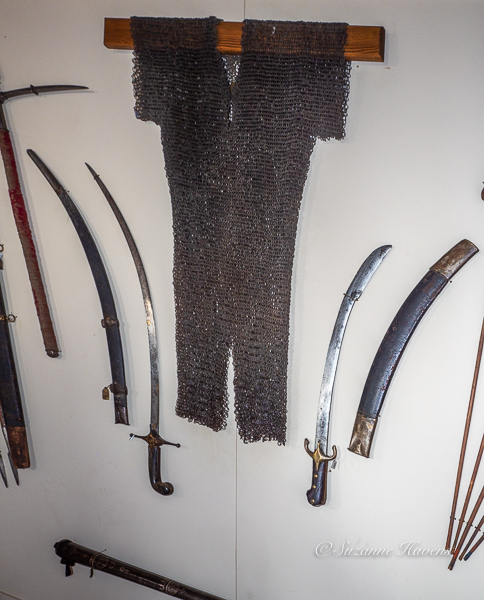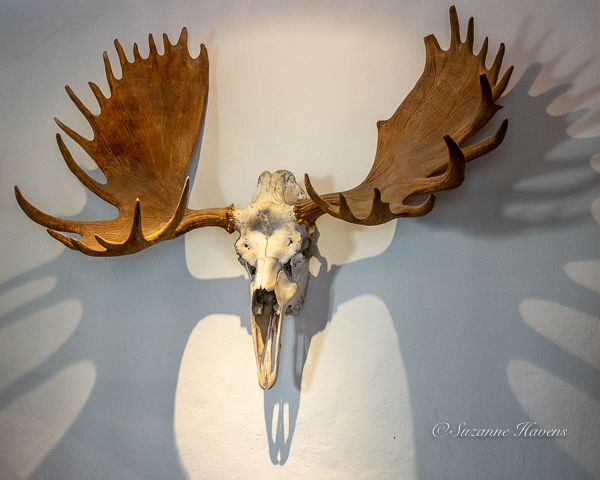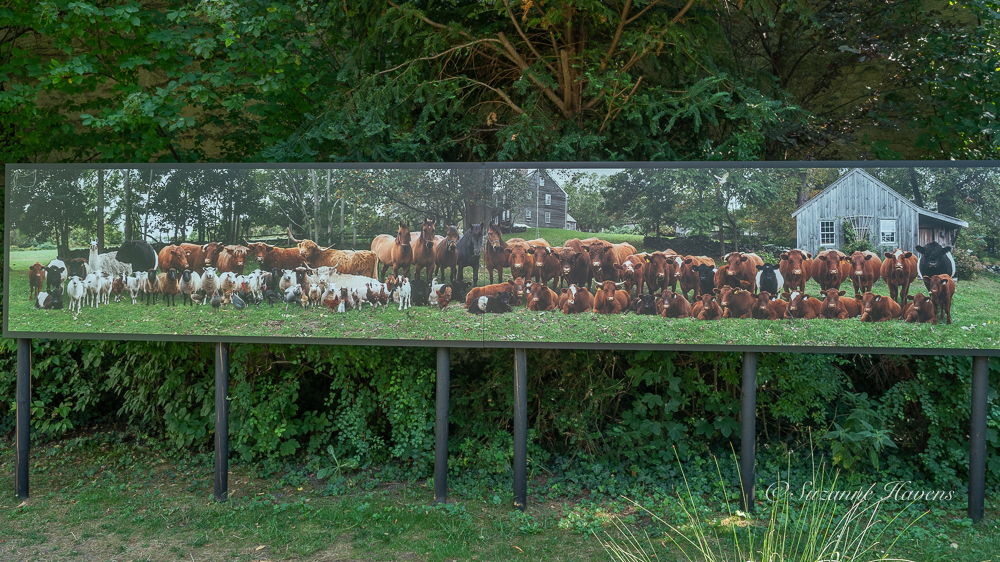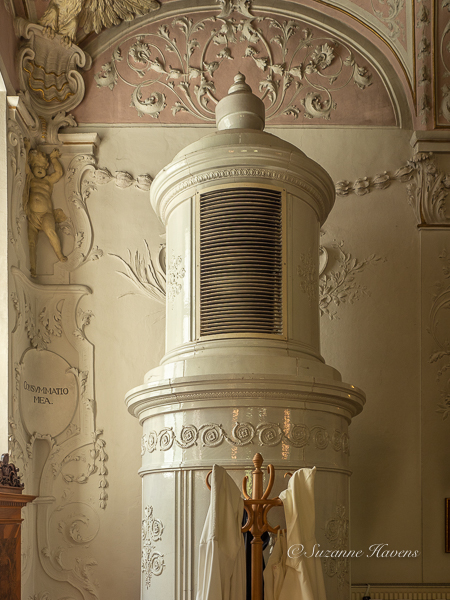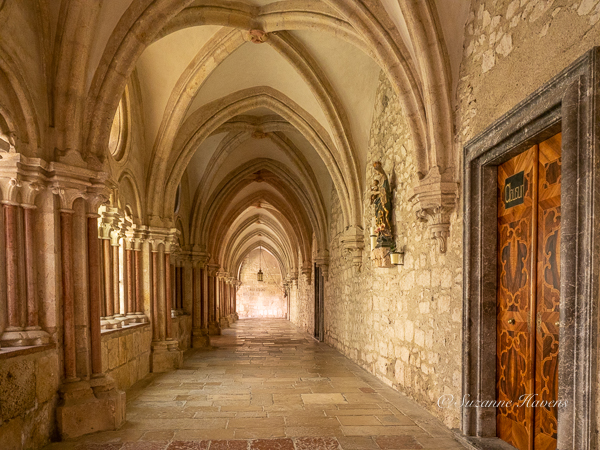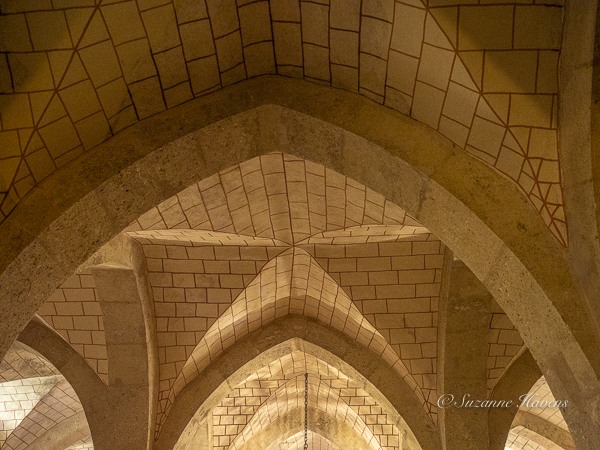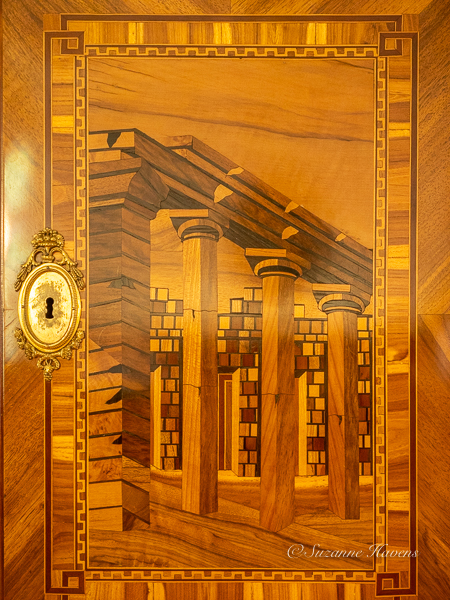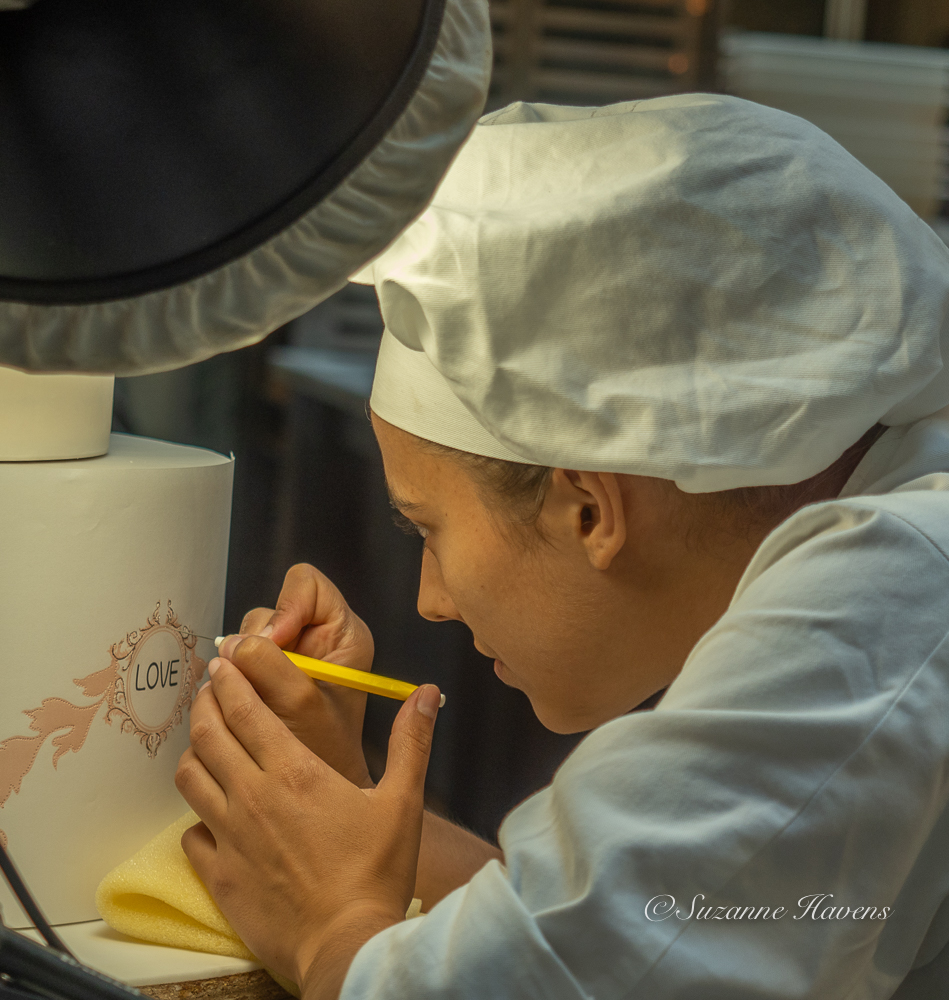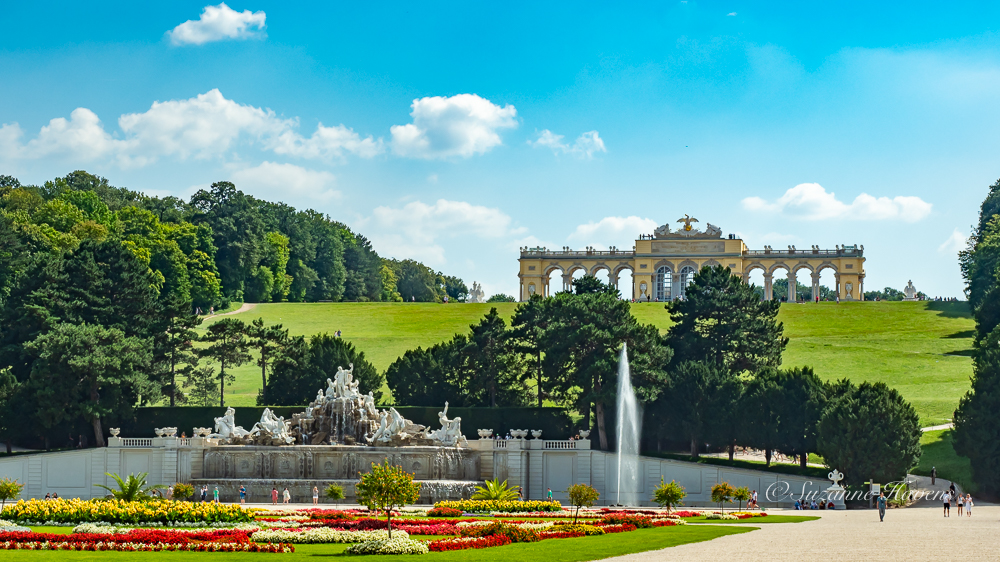Budapest, Hungary is the first city in Europe we visited this summer. The cities of Buda and Óbuda on the west side and Pest on the east side of the Danube united in 1873. Like a jewel, the area has been coveted by many groups, starting with the Celts in 1 AD, followed by the Romans, Hungarians, Mongols, Hapsburgs, Germans and Russians. After its liberation from the Soviet Block, major building and renovation have taken place. Sandstone facades, blackened by burning soft coal, have been cleaned or replaced. Budapest has beautiful architecture, both historical and contemporary. It has a wealthy and cultured history and continues as one of the top 100 cities in the world in terms of per capita GDP. Throughout our tour I was impressed by how the cities preserve their historical beauty and embrace remarkable contemporary architecture.

The bridge was designed by the English engineer William Tierney Clark in 1839, following an initiative by Count István Széchenyi, with construction supervised locally by Scottish engineer Adam Clark (no relation). It is a larger scale version of William Tierney Clark’s earlier Marlow Bridge, across the River Thames in Marlow, England.
It was funded to a considerable extent by the Greek merchant Georgios Sinas[2][3][4] who had financial and land interests in the city and whose name is inscribed on the base of the south western foundation of the bridge on the Buda side.
The bridge was opened in 1849, after the Hungarian Revolution of 1848, and thus became the first permanent bridge in the Hungarian capital. At the time, its centre span of 202 metres (663 ft) was one of the largest in the world. Wikipedia

The Castle Hill Neighborhood Features Many Intricately Painted Buildings as a Way of Telling Each Other Apart Before House Numbers Were Invented

Its seven towers represent the seven Magyar tribes that settled in the Carpathian Basin in 895. From the towers and the terrace a panoramic view exists of Danube, Margaret Island, Pest to the east and the Gellért Hill.
The Buda side castle wall was protected by the fishermen’s guild and this is the reason why it was called fishermen’s Bastion. Other people say, it got the name from the part of the city, which lies beneath the tower.[2] The guild of fishermen was responsible for defending this stretch of the city walls in the Middle Ages. It is a viewing terrace, with many stairs and walking paths. Wikipedia

From the Fisherman’s Bastion in Buda Looking across the Danube to the Hungarian Parliament Completed in 1904

The Danube Is Blue at Twilight

Contemporary Architecture at Twilight, including the Hungarian National Theater

On the Danube with Many People Enjoying the Cooler Air and Lighted Architecture

The Hungarian Paliament Seen from a Dinner Cruise Boat










